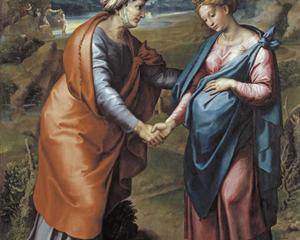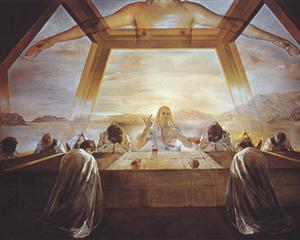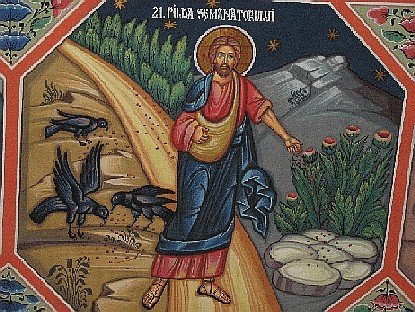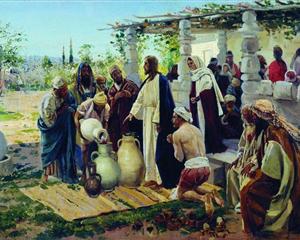This post was written by Greg Hoerter, Manager of Strategic Partnerships for Verbum Catholic Products.
The Joyful Mysteries are my favorite mysteries to pray. After all, we are all seeking joy in our lives and wish to pray that God brings joy to our loved ones and us. But the mystery that I always had problems with was the Visitation. I used to wonder, “What was so joyous about traveling 80 miles to the hill country on a mule to help out an older, pregnant relative for 3 months?”
Of course, reading the scripture passages surrounding any mystery will help you better understand the entire context of that mystery, and Verbum is a great tool for doing just that. But in the case of the Visitation, I found some very pleasant surprises by going just a little deeper.

Here’s how to dive more deeply into the meaning of the Visitation in Verbum:
Besides all of the Ark of the Covenant typology you will find between 2 Samuel 6:9-11 and Luke 1:39-56, I recommend you run a Bible Word Study on the word “exclaimed” (Greek: ἀναφωνέω anaphōneō) in Luke 1:42. You will notice it occurs only once in the whole New Testament, which should make you wonder about the special significance of this particular Greek word.
In the Bible Word Study, if you scroll down and look at the Greek Old Testament, the Septuagint, and you will find that it occurs only five times in the whole Greek Old Testament. Every occurrence, such as 1 Chronicles 15:28, have to do with offering loud praise and music to the Ark of the Covenant. Here, Gospel writer Luke uses the word “exclaim” to indicate that Elizabeth literally shouts out blessings to Mary as the NEW Ark of the Covenant!
And speaking of blessings, do a quick bible search for these words: blessed NEAR women. Your results will bring you the stories of the only two other women in scripture that were called “Blessed among Women”: Jael and Judith. Both of these women—Jael in Judges 5:24 and Judith in Judith 13:18—crushed the head of the enemy of God’s people.
Luke, then, is featuring Mary as the New Eve, based on the promise of Genesis 3:15: “I will put enmities between thee and the woman, and thy seed and her seed: she shall crush thy head, and thou shalt lie in wait for her heel” (Douay-Rheims).
In just one verse, we see the New Ark of the Covenant and the New Eve if we just look beneath the surface. Elizabeth knew this, and she wanted us to know this as we meditate on the Holy Rosary.




